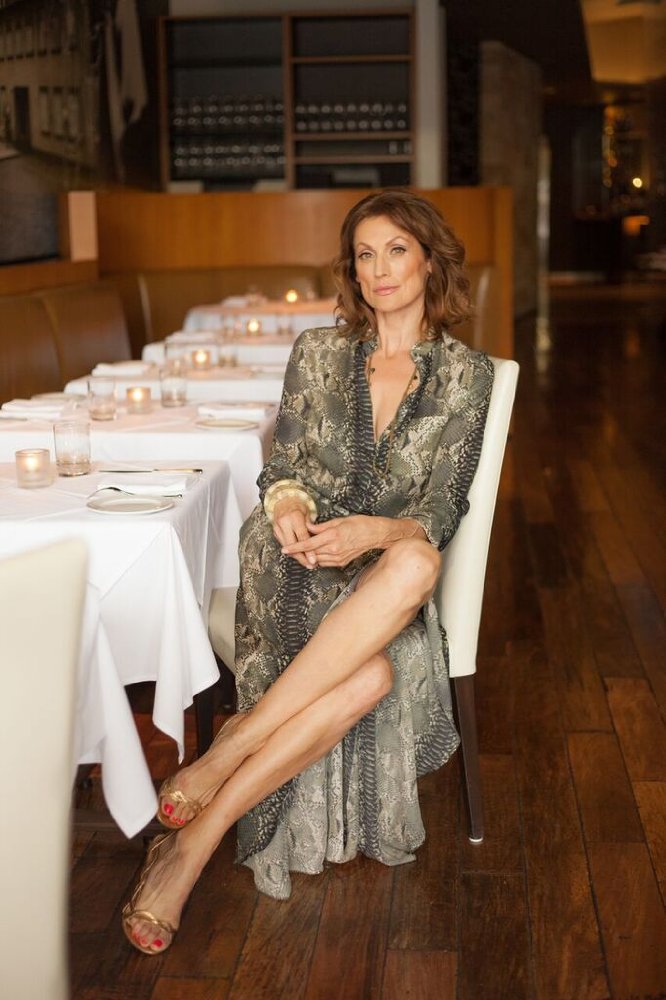

La Scala (as it came to be known) soon became the preeminent meeting place for noble and wealthy Milanese people. Its stage is one of the largest in Italy (16.15m d x 20.4m w x 26m h).īuilding expenses were covered by the sale of boxes, which were lavishly decorated by their owners, impressing observers such as Stendhal. The theatre had a total of "3,000 or so" seats organized into 678 pit-stalls, arranged in six tiers of boxes above which is the 'loggione' or two galleries. Over a period of two years, the theatre was completed by Pietro Marliani, Pietro Nosetti, and Antonio and Giuseppe Fe.

The church was deconsecrated and demolished. The new theatre was built on the former location of the church of Santa Maria alla Scala, from which the theatre gets its name. However, it was rejected by Count Firmian (the governor of the then Austrian Lombardy).Ī second plan was accepted in 1776 by Empress Maria Theresa.

The neoclassical architect Giuseppe Piermarini produced an initial design. A group of ninety wealthy Milanese, who owned private boxes in the theatre, wrote to Archduke Ferdinand of Austria-Este asking for a new theatre and a provisional one to be used while completing the new one. History Ī nineteenth-century depiction of the Teatro alla ScalaĪ fire destroyed the previous theatre, the Teatro Regio Ducale, on 25 February 1776, after a carnival gala. For example, in 2006, tenor Roberto Alagna left the stage after being booed during a performance of Aida, forcing his understudy, Antonello Palombi, to quickly replace him mid-scene without time to change into a costume. For their failures, artists receive a " baptism of fire" from these aficionados, and fiascos are long remembered. The gallery is typically crowded with the most critical opera aficionados, known as the loggionisti, who can be ecstatic or merciless towards singers' perceived successes or failures. Its goal is to train a new generation of young musicians, technical staff, and dancers (at the Scuola di Ballo del Teatro alla Scala, one of the Academy's divisions).Ībove the boxes, La Scala has a gallery-called the loggione-where the less wealthy can watch the performances. La Scala also hosts the Accademia d'Arti e Mestieri dello Spettacolo (Academy for the Performing Arts). The Museo Teatrale alla Scala (La Scala Theatre Museum), accessible from the theatre's foyer and a part of the house, contains a collection of paintings, drafts, statues, costumes, and other documents regarding La Scala's and opera history in general. All performances must end before midnight, and long operas start earlier in the evening when necessary. La Scala's season opens on 7 December, Saint Ambrose's Day, the feast day of Milan's patron saint.
#Nancy la scala professional
The theatre also has an associate school, known as the La Scala Theatre Academy (Italian: Accademia Teatro alla Scala), which offers professional training in music, dance, stagecraft, and stage management. It is home to the La Scala Theatre Chorus, La Scala Theatre Ballet, La Scala Theatre Orchestra, and the Filarmonica della Scala orchestra. The theatre is regarded as one of the leading opera and ballet theatres globally. Most of Italy's greatest operatic artists, and many of the finest singers from around the world, have appeared at La Scala. The premiere performance was Antonio Salieri's Europa riconosciuta. The theatre was inaugurated on 3 August 1778 and was originally known as the Nuovo Regio Ducale Teatro alla Scala (New Royal-Ducal Theatre alla Scala). La Scala ( UK: / l æ ˈ s k ɑː l ə/, US: / l ɑː -/, Italian: abbreviation in Italian of the official name Teatro alla Scala ) is a famous opera house in Milan, Italy.


 0 kommentar(er)
0 kommentar(er)
